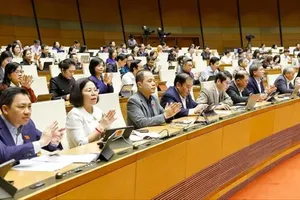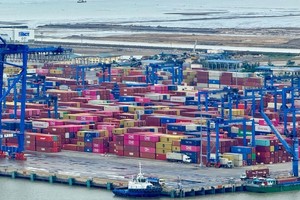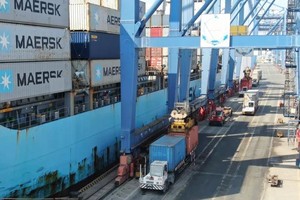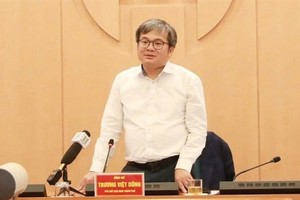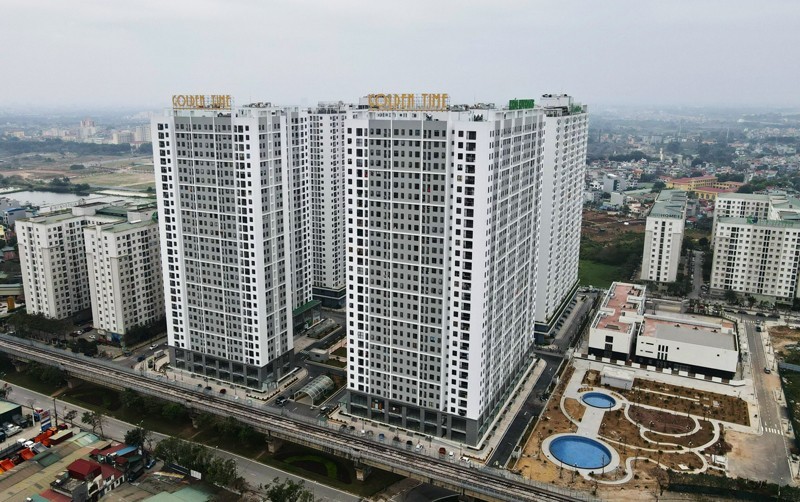
Discussions revealed that in major urban centers and industrial zones like Hanoi, HCMC, Binh Duong, and Dong Nai, millions of workers—and even civil servants—face mounting challenges in securing housing. With average monthly incomes ranging from VND10–13 million, while mid- and high-end housing prices hover between VND30–50 million per square meter, owning a standard apartment priced between VND2.5–3 billion remains out of reach for most. It is estimated that only about 10 percent of urban workers, laborers, and public employees are able to access home ownership.
A breakthrough in sight for social housing
Despite the rapid growth of the mid- and high-end residential segments, the supply of social housing for low-income earners remains insufficient and has become a pressing national concern.
In a move signaling high-level commitment, Prime Minister Pham Minh Chinh has signed a decision assigning social housing targets to be incorporated into the socio-economic development plans of all localities. From 2025 to 2030, provinces and cities are expected to deliver nearly 1 million social housing units, in line with the national goal of building at least 1 million affordable units for low-income workers and industrial laborers by 2030.

One major legislative breakthrough came recently when the National Assembly passed Resolution 201/2025/QH15, piloting special mechanisms and policies for social housing development. According to Deputy Minister of Construction Nguyen Van Sinh, the country has already zoned 1,309 sites—covering 9,737 hectares—for social housing construction. To date, 686 projects are underway, comprising 627,867 units. This represents 51 percent of the 2025 target of 428,000 units.
However, the development process remains hampered by bureaucratic hurdles. Many social housing projects must navigate the same lengthy procedures as commercial housing developments, delaying implementation and discouraging investment.
Experts at the roundtable stressed that Resolution 201 marks a turning point, as it aims to eliminate major procedural bottlenecks and streamline the investment process. Administrative procedures will be simplified and cut by about 200 days—roughly 70 percent of current processing time—and the policy includes new incentives for both developers and buyers.
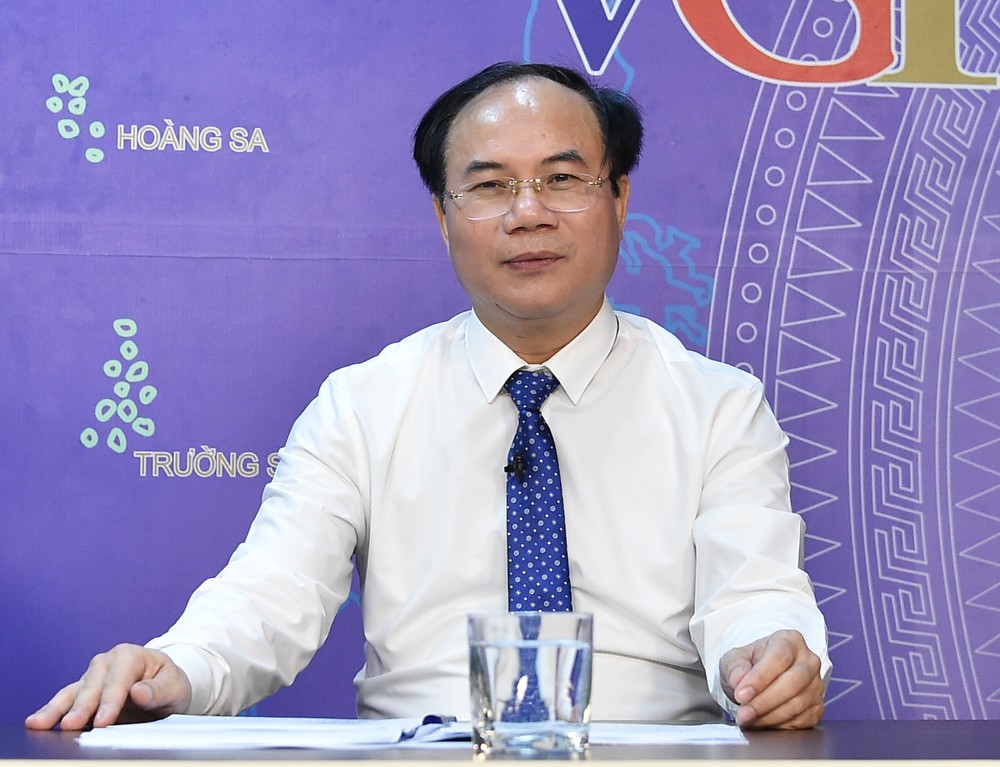
Mr. Pham Van Thinh, Vice Chairman of Bac Giang Province, shared that the province plans to build around 70,000 social housing units at a total investment of VND110 trillion during the 2021–2030 period. If Resolution 201 is fully implemented, Bac Giang expects to select over 15 developers for more than 30,000 units by July. By Q1 2026, the province aims to finalize developers for the entire 70,000-unit goal, likely surpassing its target.
To accelerate progress, Bac Giang has set up a task force to support social housing projects, chaired by the provincial vice chairman and convening monthly. Issues are addressed swiftly, ensuring minimal delays.
Calls for long-term, low-interest loans for buyers
Speaking at the event, Mr. Le Hoang Chau, Chairman of the HCMC Real Estate Association, noted that from 2021 to 2024, HCMC completed only 6,000 social housing units—just 6 percent of the city’s target of 100,000 units set by the Prime Minister. Nationally, only about 10 percent of the 1-million-unit target has been met over the past three years.
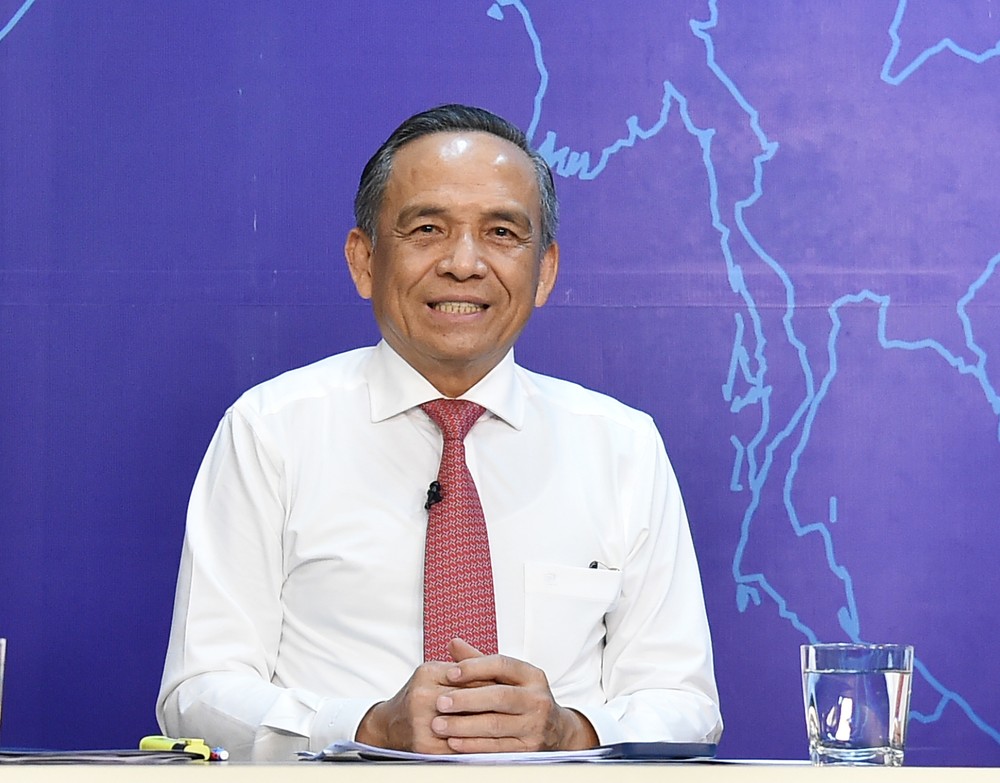
“This clearly shows that under the old regulatory framework, the 1-million-unit goal is unachievable,” Mr. Le Hoang Chau emphasized. “Resolution 201 offers the special mechanisms needed to change that.”
According to Mr. Le Hoang Chau, land allocation remains the biggest bottleneck. Local governments must incorporate land clearance into their development agendas and align with the National Housing Development Fund to create dedicated local housing funds.
He also stressed the need for easier access to financing. Developers should be eligible for preferential loans from the Vietnam Bank for Social Policies, while homebuyers should be allowed to borrow at a 4.8 percent interest rate for up to 25 years—compared to the current 6.6 percent, which he called prohibitively high.

